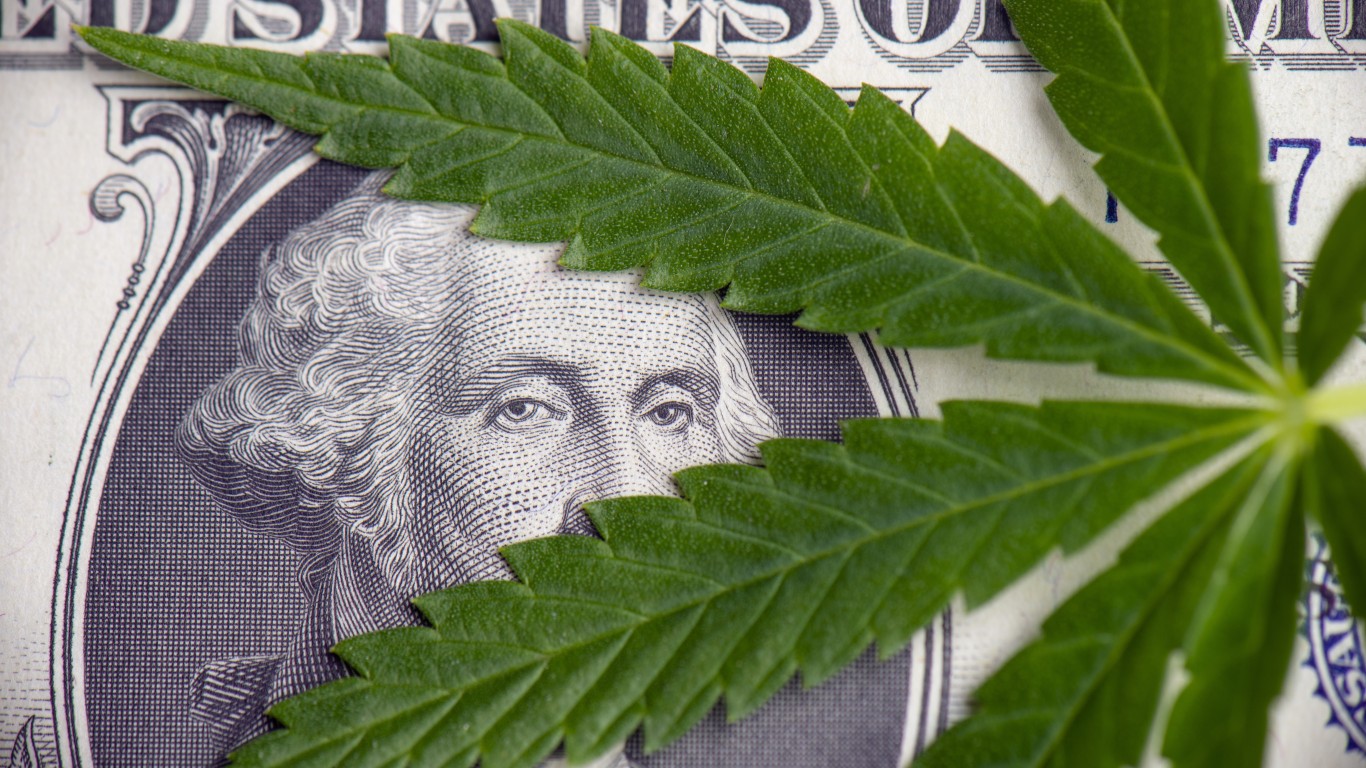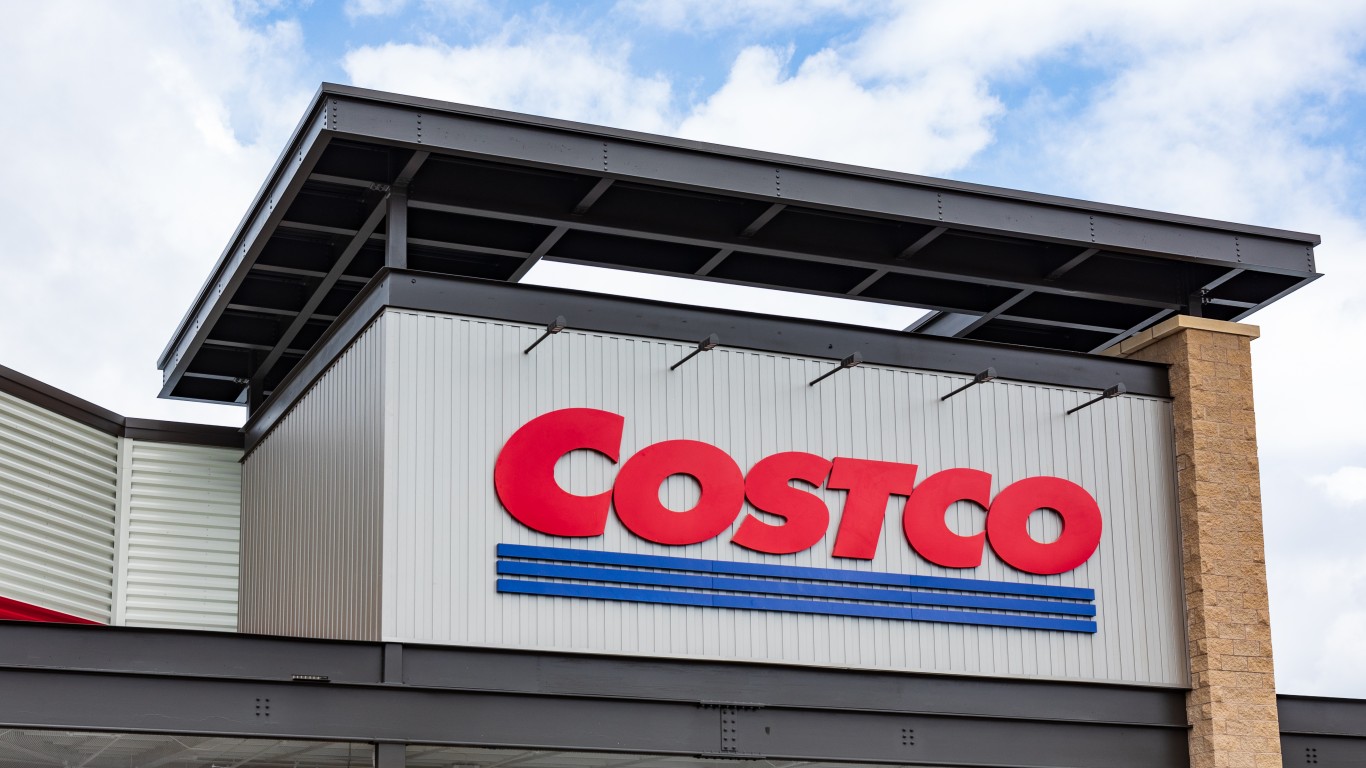
Ontario-based Aphria Inc. (NYSE: APHA) ran into a brick wall named Health Canada in 2019. The government agency did not issue a license for the company’s massive new 1.3-million square foot Diamond greenhouse until November 1. That was a full 10 months after the company had planned to open the facility.
When the Diamond facility rolls into full operation, the company expects to produce more than 300,000 pounds of cannabis there annually. That will push yearly production to more than 850,000 pounds. Aphria owns 51% of the Diamond facility.
If the federal government did not give Aphria enough trouble, Ontario’s provincial government piled on. The company is waiting for Ontario to approve more than 40 new retail outlets in the province. A ripple effect forced Aphria to purchase supplies of cannabis from other growers, which had the effect of raising its costs. The topper was a ban in Alberta against vaping products.
It’s a wonder that the company survived 2019 at all. Now that it has, what can investors look forward to in 2020?
Where Aphria Stands Now
Aphria recently provided full-year revenue guidance of between $575 million and $625 million Canadian dollars (about $441 million to $480 million U.S.). Through the first half of its fiscal 2020 (which ends in May), the company has posted net revenue of about C$247 million. Analysts had a consensus estimate of about C$565 million. The company’s most recent (January 14) forecast for 2020 adjusted EBITDA is C$35 million to C$42 million, while the consensus estimate calls for about C$41 million.
Reflecting on Aphria’s fiscal second-quarter results, Canada-based investment firm CIBC commented: “Aphria’s immediate fate is tied to the government of Ontario, in particular, how quickly stores might open. Even considering its strong and increasing market share, without a quicker pace of development, APHA’s upside is limited, and catalysts are scarce, like every other Canadian cannabis name in the short term.”
How Did Things Get This Way
Canada spent a great deal of time getting its ducks in a row before launching into retail sales of recreational pot. Regulating the cannabis industry took (a lot) longer than expected. Legal sales of recreational pot in Canada did not begin until the fall of 2018, even though legislation approving sales was passed almost 18 months earlier.
In Ontario, Canada’s highest population province, only about two dozen retail stores were open a full year after sales began. The provincial government has been accused of slow-walking the licensing process with its lottery system for selecting license holders. This past December, Ontario replaced the lottery with an open licensing system.
Health Canada also failed to move quickly enough to license derivative products like edibles, vapes, infused beverages, topicals, tinctures and concentrates. These high-margin products were not available until late last year. The sale of derivatives was expected to boost revenues and profits and to keep investors buying stock in Canada’s cannabis companies.
Billions of investment dollars poured in from such giants as Constellation Brands Inc. (NYSE: STZ), which took a $4 billion stake in Canopy Growth Corp. (NYSE: CGC). Altria Inc. (NYSE: MO) laid $1.8 billion on Cronos Group Inc. (NASDAQ: CRON) in the last half of 2018. Molson Coors (NYSE: TAP) signed a joint venture deal with Hexo Corp. (NYSE: HEXO) to develop pot-infused beverages.
These big investments by established consumer products companies dried up in 2019. Only the $2.9 billion merger between Tilray Inc. (NYSE: TLRY) and its majority shareholder, Privateer Holdings, came anywhere near the big transactions of 2018.
According to Viridian Capital Advisors, for the full year, companies trading marijuana stocks on public exchanges raised $7.64 billion in fresh capital. Some $5.28 billion of that came in the form of new equity. In 2018, publicly traded pot companies raised $9.9 billion in new capital, including $7.9 billion in new equity.
Privately held marijuana companies raised $3.63 billion in 2019, down from $4.27 billion in 2018. Combined new capital in the cannabis sector fell from $14.17 billion in 2018 to $11.29 billion last year. Pot stocks were no longer smokin’.
Government Shouldn’t Get All the Blame From Shareholders
A certain land-rush mentality was at work in the cannabis sector. It peaked in the second half of 2018 with those big investments from beverage and tobacco companies looking to enter new markets or hedge against declining sales in contracting markets.
In December of 2018, U.S.-based Green Growth Brands made a hostile offer to acquire Aphria for $9.41 a share. Just over a year later shares traded at around $5.00.
A late 2018 acquisition of Latin American distribution assets cost Aphria about C$300 million in stock. The company also was forced to take a C$50 million write-down on the assets after a review by an advisory firm hired by Aphria’s board revealed higher-than-expected expenses in Latin America. The review was the result of an attack by short-seller Hindenburg Research.
In January of 2019, Aphria completed its acquisition of German pharmaceutical distributor CC Pharma for €18.92 million in cash and an earn-out multiple on future EBITDA of up to another €23.5 million, if certain performance milestones are met. Sales growth has declined as a result of German government policy changes related to reimbursements. There’s not a lot of money at stake, but it’s just another example of Aphria’s lack of attention to detail.
What Lies Ahead
Analysts remain bullish on Aphria. Its focus on medical marijuana insulates it to some degree from the hurly-burly of recreational retail. Canadian insurers may pay up to $6,000 annually for medical marijuana, a real plus for Aphria, but not especially a growth market.
Like virtually every other Canadian pot grower, Aphria awaits the lifting of the U.S. federal government’s prohibition on marijuana. The trick will be in getting the scale and timing right. Aphria has made enough missteps to have a good shot at figuring it out when there’s big money on the table.
Credit card companies are handing out rewards and benefits to win the best customers. A good cash back card can be worth thousands of dollars a year in free money, not to mention other perks like travel, insurance, and access to fancy lounges. See our top picks for the best credit cards today. You won’t want to miss some of these offers.
Flywheel Publishing has partnered with CardRatings for our coverage of credit card products. Flywheel Publishing and CardRatings may receive a commission from card issuers.
Thank you for reading! Have some feedback for us?
Contact the 24/7 Wall St. editorial team.
 24/7 Wall St.
24/7 Wall St.


